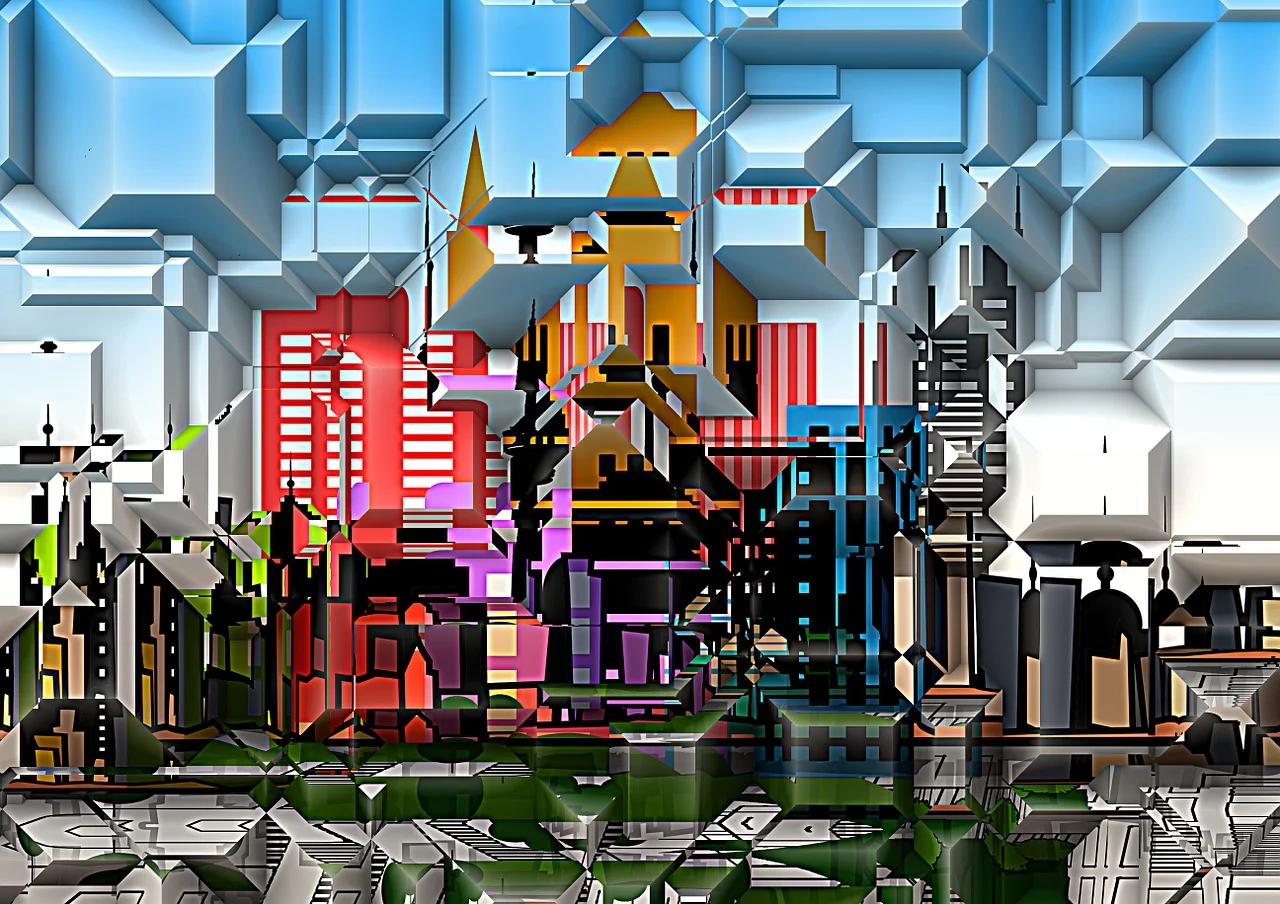In the context of a smart city, the goal is not simply to install digital interfaces in traditional infrastructure or streamline city operations, but rather to use technology and data in a purposeful manner to facilitate informed decision-making and enhance the overall quality of life. Public art has the potential to connect people to their city and to each other; as well as connect them to the experience of the art itself.
Third Place Theory and Virtual Platforms: How Arts Organizations Might Build Community Online
Arts organizations play important roles in their communities beyond providing access to art itself. Arts organizations are also valued venues for human connection. In LaPlaca Cohen’s Culture Track 2017, 68% of respondents indicated “interacting with others” as a draw for cultural participation, and about half of respondents in LaPlaca Cohen’s 2020 study, Culture and Community in a Time of Crisis, revealed desires for cultural organizations to communities “stay connected” during this time. These data points demonstrate that audiences look to arts organizations to not only foster connections through art, but also nurture communities beyond the art. One way to do this is by creating virtual third places. While arts organizations are unlikely to build entire VR-based worlds for their patrons, arts administrators might consider how to adapt existing platforms to help reproduce some if not all of the socially-leveling, conversation-focused environments they’ve worked to cultivate in their physical spaces.
Beyond Livestreaming: Remote Theatre Attendance through Virtual Reality (VR)
Virtual Reality technology is increasingly more sophisticated and powerful, and it’s predicted to fully hit the mainstream within the next year. In the performing arts VR has been adopted slowly, most commonly used for immersive experiences. However, there may be a lost opportunity: institutions can use VR simply to grow audiences.
Art at the Heart of Smart Cities
Opening Doors: The People Behind Sensory-Friendly Programs
One of the most important aspects of successful sensory-friendly programming is the proper training and involvement of staff, volunteers, and artists. Despite any initial concerns or nerves about the uncertainties with this programming, staff members at every organization I spoke with were eager to get involved. This is the third post in our series on sensory-friendly programming.
CREATE Lab: Creating Social Impact Through Empowering Communities
CREATE Lab creates multi-disciplinary learning experiences that allow communities to become technologically fluent. CREATE Lab’s novel combinations of visual arts and technologies provide a wealth of new potential tools to arts administrators and their organization. This article will introduce a few of the exciting projects that CREATE Lab is already testing in the Pittsburgh community, as well as access points for administrators and educators who are interested in implementing them.
Hollywood Stock Exchange: A League of Its Own
First launched in 1996, HSX is a free web-based multiplayer gaming simulator of American film industry. The rules are simple: players use virtual currency to buy, sell, short and cover “shares” of films, directors, actors and other related virtual securities. Although the exchange is entirely fictional, it reacts to actual industry-related news, making itself a community and information hub for both professionals and enthusiasts in the film industry.
Opening Doors: Best Practices for Developing Sensory-Friendly Programs
In part 1 of Opening Doors, I reflected on sensory-friendly programming through my personal experience at Pittsburgh Ballet Theatre. These performances create an incredible opportunity for arts organizations to include individuals and families from around their communities. Yet effective implementation requires time and in-depth planning with staff and community partners. This second post continues the discussion looking at best practices related to sensory-friendly program design.
Opening Doors: Welcoming New Audiences with Sensory-Friendly Performances
For many families and individuals, the experience of attending a performing arts program is hindered by physical or developmental challenges. And with 1 in 68 American children on the autism spectrum, by neglecting this significant population, our institutions are failing to serve a large part of their community. Sensory-friendly programming creates a performance environment where the traditional theater rules are relaxed to better accommodate a variety of audience members. This introduction is the first in a series of posts on sensory-friendly programming.
Redefining Boundaries at the Museum: Crowdsourced Exhibition at the Santa Cruz Museum of Art and History
Since December 19, 2014 the Santa Cruz Museum of Art and History has featured an exhibit of works relating to the ocean, with painting and sculptures by established artists alongside works by local residents. The exhibit includes a wide variety of art, ranging from professional artists’ works to two year-olds’ drawings. Everybody’s Ocean is a partially crowd-sourced and partially curated exhibition presenting everyone’s personal relationship with the sea.















